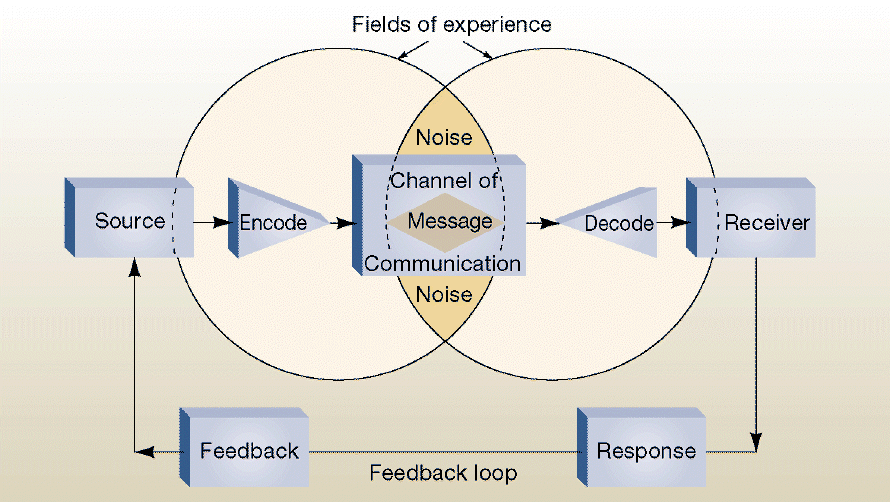
Image 1.1 is the typical communication process.
There are 8 elements in the communication process.
1. Sender/Source
2. Encode
3. Channel of Message
4. Noise
5. Decode
6. Receiver
7. Response
8. Feedback
The Sender
The Sender is the source of the message. In other words, he/she is the first party to initiate the message to the receiver.
For example,

This is a situation where a girl greets her grandma, "Gong Xi Fa Cai."
The usual stuff you see in Chinese New Year.
The Communication Process kicks in, making the girl a sender in the communication process while of course the grandma is the receiver.
Encoding
Encoding is how the sender determine to structure the message and send it to the receiver.

This is an inverted Chinese Symbol, Happiness (Fook)
Why is it inverted? Because Inverted (dou) represents "arrived."
Conclusion, if it was inverted it means " Happiness Arrived, " which like the above. Encoding also include non-verbal signs such as high-five, waving and shaking hands.
Channel of the Message
The sender can choose to send his/her message via written, oral, through the radio, telephone and many more.
You can choose to send E-cards to your long distant, techno-savvy relatives that live in overseas.
Noise

Error: Failed to send. One of the most annoying noises.
Noise resides in the channel of the message. Interference occurs regularly in the communication process. It could be a corrupted email, the poor signal on the phone or the loud background sound.
Anything that disrupts the original content of the message is called noise. If the noise level is high, the message might not be receive at all.
Receiver
A receiver is the one who received the sender's message. In order to understand the sender's message, the receiver will need to decode, the message's content.
Decode
Decode is a process where the receiver decipher the content send by the receiver. If the message went through minimal noise, it will be easy to understand. However, if the message went through a lot of interference, it might also interfere the decoding process.
Response
Response is the reaction from the receiver after getting the message. For example, if the grandma understand the girl's message, she will provide a response by perhaps giving her an angpow or just greeting her back.
Feedback
Feedback is the final link in the chain of the communication process. After receiving a message, the receiver responds in some way and signals that response to the sender.
Feed back is important because it loops back to the sender's thought. If there are no feedback provided. The sender will do not know what is the best way to send the message for getting a proper response.
No comments:
Post a Comment